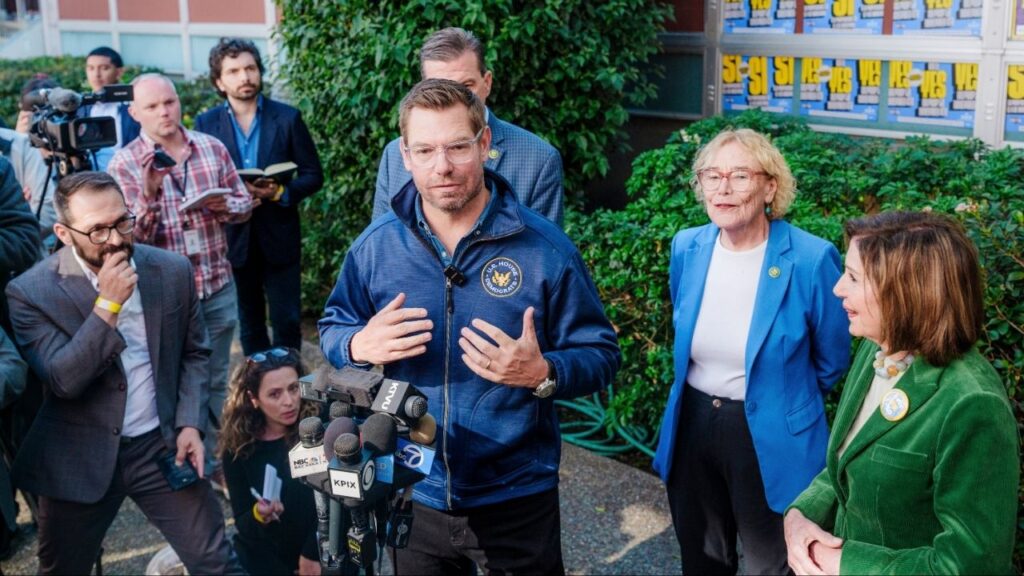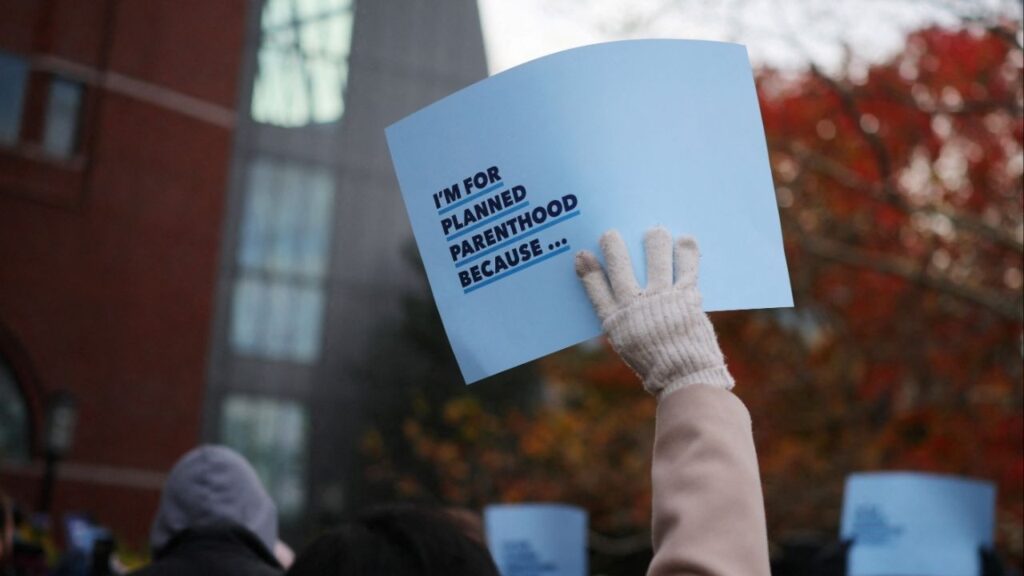Lloyd Carter, who was born in Fresno, graduated from Roosevelt High School in 1966 and was a crusading journalist before becoming a deputy attorney general for the state of California. (GV Wire Composite)

- Lloyd Carter's reporting on Kesterson sent shock waves through the Reagan administration and the nation.
- Carter was an expert on California water law and a respected environmentalist.
- Frustrated by his editors at The Fresno Bee, Carter went to law school and became a deputy state attorney general.
Share
|
Getting your Trinity Audio player ready...
|
Lloyd G. Carter, 76, a journalist and lawyer whose reporting of an environmental disaster at the Kesterson National Wildlife Refuge refuge near Los Banos in 1984 sent shockwaves through the Reagan administration, died last week in Fresno.
Special to GV Wire
Mr. Carter, who had a vast understanding of California water issues, passed away in hospice care, according to the Fresno County coroner. Information on funeral services was not available.
He was a former news reporter for United Press International and The Fresno Bee who uncovered a massive waterfowl die-off on the San Joaquin Valley’s west side.
That, in turn, began his journey to becoming an expert on water in the San Joaquin Valley, as well as the powerful government and corporate farming interests who seek to control water policy.
Along the way, he sparred with mid-level Bee editors who didn’t see the value of his work, was forced to make a mid-life career change, and battled public and private officials who initially denied there was a massive die-off at Kesterson.
Mr. Carter cited Reagan’s Secretary of the Interior James Watt as one of the powerful officials who sought to keep a lid on the scandal and also noted that Bee editors tried to reassign him to other tasks.
A frustrated Mr. Carter transitioned from news reporter to a deputy state attorney general after attending law school in his 40s. He prosecuted Keith Zon Doolin, a Fresno truck driver who was sentenced to death row, where he remains, for killing two sex workers and severely injuring four others.
Mr. Carter was president of the California Save our Streams Council, an expert on California water law, and published a water blog that mixed reporting with sharp-edged opinion.
Watch a 2014 interview with Mr. Carter at Water Archives · Lloyd Carter interview · Omeka S (fresnostate.edu).
Related Story: Fresno’s ‘Mike’ Shahin Nury Dies at 100: Army Veteran Made ...
Sharp Mind, Unique Ability to Explain Complex Issues
Mr. Carter, who born in Fresno, grew up in a southeast neighborhood and graduated from Roosevelt High School in 1966. He later became a contemporary of former Fresno Bee Executive Editor Jim Boren, who began working with him at the Fresno City College newspaper.
Boren said Mr. Carter stood out “as one of the sharpest minds in the room, pairing his intelligence with an incredible, and often quirky sense of humor.
“Lloyd had a deep understanding of complex water politics and had a unique talent for breaking down these issues in a way that enhanced the public’s understanding of the battle over California water.”
Related Story: RIP Dan Olson, 79: Fresno Legend Helped Power the Fastest Drag Boats & ...
Kesterston: Straight Out of a Horror Film
Mr. Carter was a young reporter for United Press International when he first learned of Kesterson after grotesque mutations of migratory birds were discovered there in 1983.
Despite efforts by Reagan officials to put a lid on bird mutations and deaths, biologists shared the information with then-Fresno Bee reporter Deborah Blum, a future Pulitzer Prize winner, author, and leading scientific journalist.
That prompted Mr. Carter to drive to Kesterson in 1984. He described the trip as something straight out of a horror film, passing hundreds of dead and dying waterfowl.
“Welcome to my world,” said the woman who answered the door of a ranch house with a dead mud hen on her porch.
Mr. Carter later learned that irrigation runoff from farms in the nearby Westlands Water District had been diverted into pounds, causing a toxic buildup of minerals such as selenium.
The area was in line with the Pacific flyway used by migratory birds, magnifying the disaster as birds landed in the toxic water.
The Kesterson refuge was closed in 1985, its 1,283-acre reservoir was dried out, and the state ordered the federal government to clean up the toxic wastes there.
Related Story: Richard Pierce, Former Fresno County Sheriff, Dies at 80



















